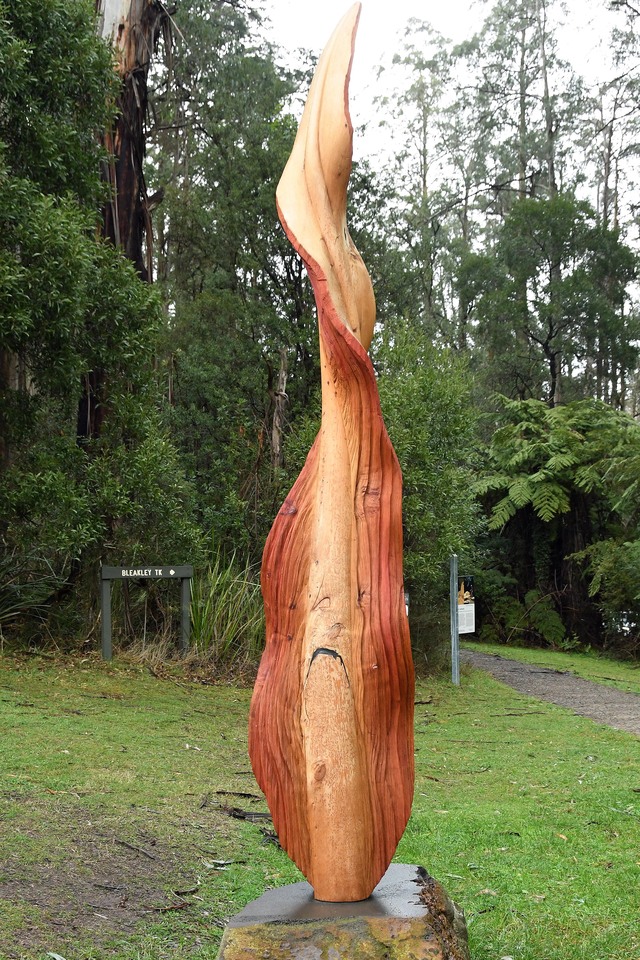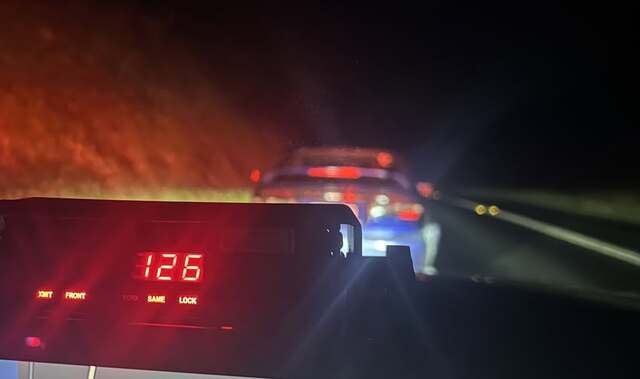Australia is home to some of the world’s most venomous snakes, with approximately 3000 snake bites occurring per year. The crown for the most dangerous snake in Australia belongs to the Eastern Brown Snake. This snake is thought to be responsible for 60 per cent of all snake bite-related deaths in the country.
With summer just around the corner now is the time when snakes begin to be active. Some reports of local encounters suggest that maybe there is an explosion of snake numbers this year, but speaking to a snake catcher, with an appropriately delicious Dickensian name of Mr Slytherin, I was assured that this was not so. It’s just that each year we are encroaching more and more into their habitats. ‘They’re moving around, they’re feeding, they’re mating and this is the time when you are most likely to encounter one.’
He also cautioned that most people are bitten when they decide to kill the snake when the right thing to do is to calmly walk away. Snakes found in homes were best dealt with by professionals
So what is it that fills most of us with dread and anxiety at the thought of encountering a snake? In fact anxiety can manifest itself as an irrational fear of snakes, known as ophidiophobia.
Snakes hold diverse cultural symbolism and significance across various cultures around the world. Perception can vary widely, from positive associations to negative ones. For example, snakes are often associated with lies, evil and temptation.
However, in Ancient Egypt snakes meant rebirth and positive energy; in Ancient Greece and in the Mayan and Aztec culture the snake was benevolent and associated with wisdom. It also is one of the twelve animals in the Chinese zodiac.
For indigenous Australians the Rainbow Serpent was the divine spirit and creative power believed to be the source of all life
Regrettably, our Christian tradition has left us with an atavistic fear of snakes. Perhaps our association of snakes with evil stems from Biblical stories, primarily the serpent in the Garden of Eden
Snakes also feature in many works of literature. Who can forget the mother in Henry Lawson’s The Drover’s Wife, left in isolation with her children and having to cope, on top of all her other problems, with a snake in the house. The snake represents all the dangers this woman faces: the emotional challenges of her isolation and survival in the Australian bush during that time period. And undoubtedly, she would know a snake bite without the anti – venoms now available meant certain death for her children.
The novelist DH Lawrence in his poem Snake explores his reaction to a snake he comes across at a spring while holidaying in Sicily. This beautiful creature does not deserve his initial reaction of fear and revulsion or his act of unwarranted pettiness of throwing a log at the animal as it moves away. A moment of self reflection makes him realise how conditioned we are about snakes and to question our relationship with nature:
And immediately I regretted it
I thought how paltry, how vulgar what a mean act!
I despised myself and the voices of my accursed human education.
American 19th century poet Emily Dickinson’s poem Snake also uses an encounter with a snake to explore fear and anxiety. Like Lawrence she explores her feelings towards the snake which is not the cordiality she feels towards other creatures and whenever she comes across a snake she can never be Without a tighter breathing, And zero at the bone.
So enjoy our great outdoors and if you do meet A narrow fellow in the grass treat him with caution but also with respect, for he has no plans to harm you only instinct to defend himself if attacked.
By Emily Dickinson
A narrow fellow in the grass
Occasionally rides;
You may have met him,–did you not,
His notice sudden is.
The grass divides as with a comb,
A spotted shaft is seen;
And then it closes at your feet
And opens further on.
He likes a boggy acre,
A floor too cool for corn.
Yet when a child, and barefoot,
I more than once at morn,
Have passed, I thought, a whip-lash
Unbraiding in the sun,–
When, stooping to secure it,
It wrinkled, and was gone.
Several of nature’s people
I know, and they know me;
I feel for them a transport
Of cordiality;
But never met this fellow,
Attended or alone,
Without a tighter breathing,
And zero at the bone.







